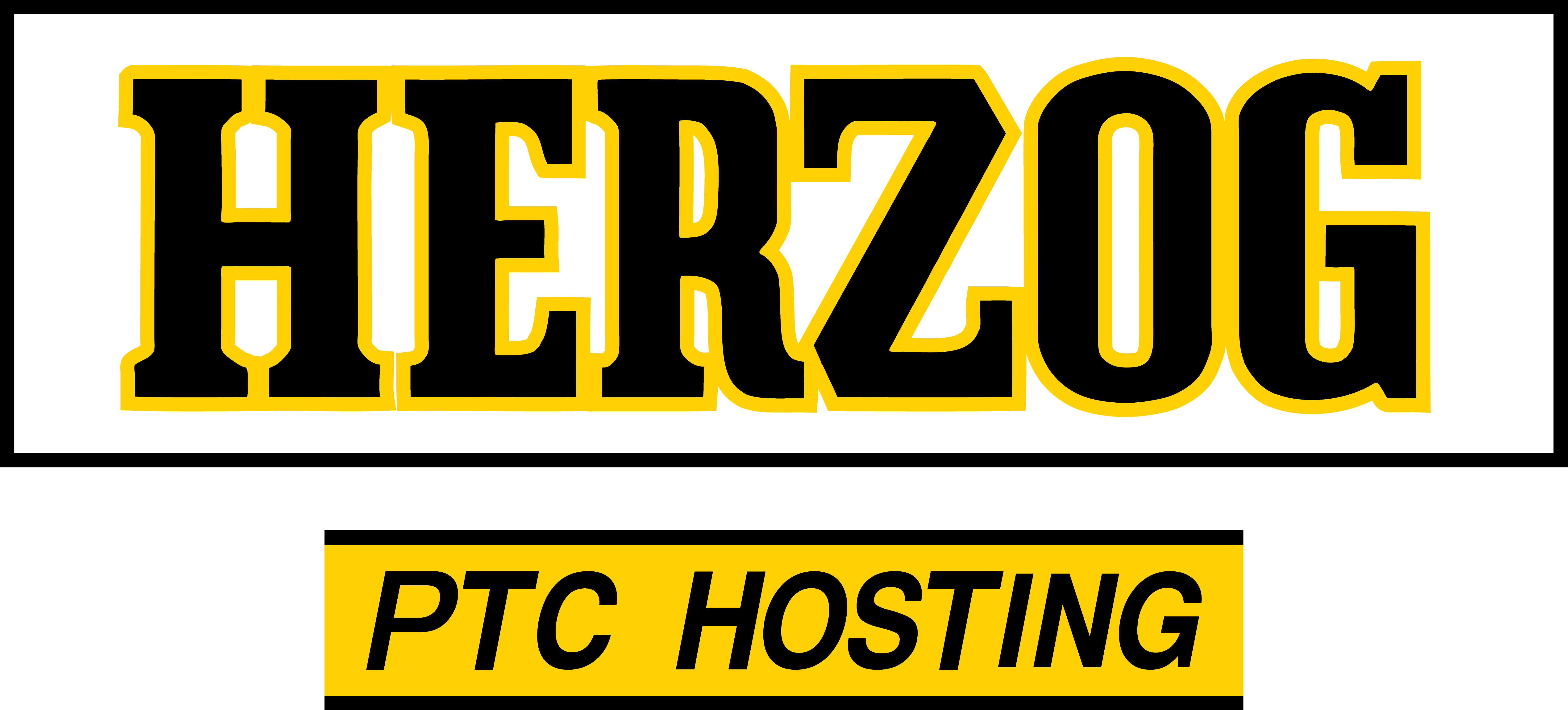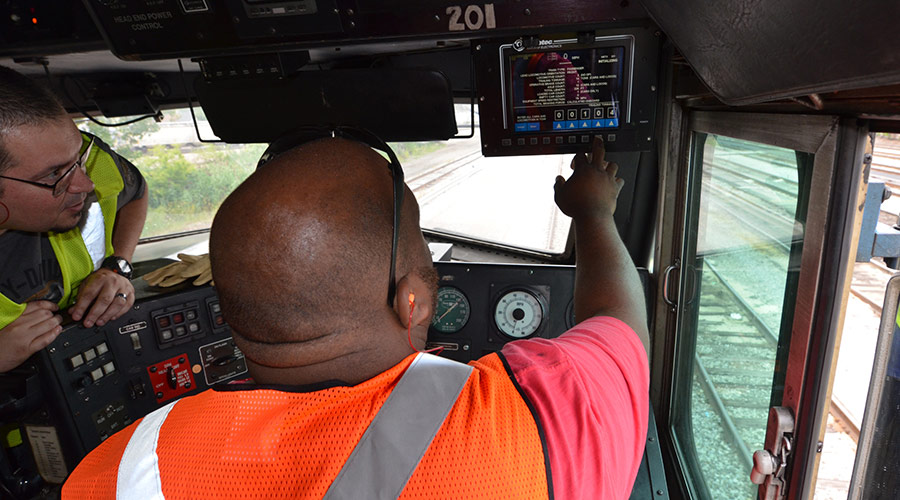Stay updated on news, articles and information for the rail industry
 railPrime
railPrime
June 2016
Rail News: PTC
Perspective: PTC Technology Increases Efficiency
Positive train control (PTC) is primarily a safety technology, but many of its components have the potential to be used to increase operational efficiency.
A crucial part of PTC is having a communications network in place. The locomotive and back office are nearly always in communication. Allowing non-PTC components to use this communications network would help streamline various aspects of railroad operations.

The PTC communications network could incorporate on-board sensors with existing trackside sensors, such as hotbox or dragging equipment detectors. This incorporation could help increase productivity by sending notifications directly to dispatchers, network control and the train crew. This would allow sensors to report errors more quickly, adding to PTC’s original intent of safety.
The PTC on-board system continuously communicates locomotive location to the back office and dispatcher. Up-to-date location information could increase efficiency of many railroad operations.
A benefit to freight, commuter operations
One of these is block authority. The current standard is fixed block authority, with blocks that start and end at signals. This system is in place to ensure adequate spacing between trains, but the fixed block sizes can create unnecessarily long headways and wasted space.
Taking advantage of the fact that locomotives are already transmitting their location to the back office, a moving block authority can be put in place. Moving block authority would assist with railroad traffic, commuter or freight. A more flexible system, moving block authority allows trains to travel closer together while still maintaining proper separation and ensuring safety. This maximizes use of track and increases overall traffic velocity.
The higher productivity enabled by moving block authority would benefit both commuter and freight operations. To use moving block authority, some updates would need to be made to the PTC system, including rulebook and dispatch system updates.
Improving traffic flow planning
Another potential use for continuously updated train locations is improved dispatcher workflow. The ability to know exact train locations could help dispatchers plan traffic flow more effectively, Whether that involves estimating time to control points or simply being aware of unexpected slowdowns or stops, dispatchers would be able to avoid unnecessary waiting periods.
Outside of the communications network and locomotives' communication of their location, PTC requires an up-to-date track database which, in turn, requires regular track audits. When a video system like LiDAR or Herzog Technologies Inc.'s SpeedTrax is used, the railroad gets access to high quality, regularly updated video. This video could be used for much more than keeping the track database up to date.
Videos for training, pre-planning
High quality, up-to-date track video could be used for training purposes. Instead of simply talking a newly hired engineer through the track they will be driving, railroads could pull up the video and show the new hire exactly what to expect. With the video being up to date, railroads can count on wayside signals, highway crossings, and the like to be mostly accurate.
This video could also be used in construction pre-planning. By accessing up-to-date video during the pre-planning process, contractors or railroad employees could gain a relatively accurate perception of the space in question. Construction must take into account the space around the track because landmarks such as a river or a new building going up near the track can impact physical construction as well as clearances and scheduling. Seeing these prior to visiting the site can improve the efficiency of the pre-planning process, preventing future delays or other problems.
As track video or other track imagery becomes more widely available, new uses will likely be discovered. The same can be said for PTC in general. As implementation and maintenance processes are perfected, more time will be dedicated to multiplying the benefits of these complex systems.
Information provided by Herzog Technologies Inc. For more information about Herzog products, visit herzogtechnologies.com. For more on PTC news and products, visit https://www.progressiverailroading.com/ptc
Keywords
Browse articles on Positive train control PTC Herzog Technologies Inc. LiDAR SpeedTraxContact Progressive Railroading editorial staff.


 LRW Honors Amtrak’s Acheson As Railway Woman Of The Year
LRW Honors Amtrak’s Acheson As Railway Woman Of The Year
 From Editor-In-Chief Foran: Of Gender Equity And Inclusion
From Editor-In-Chief Foran: Of Gender Equity And Inclusion
 Spotlight On Some Of Today’s Rail Safety Products
Spotlight On Some Of Today’s Rail Safety Products
 Women of Influence in Rail eBook
Women of Influence in Rail eBook








